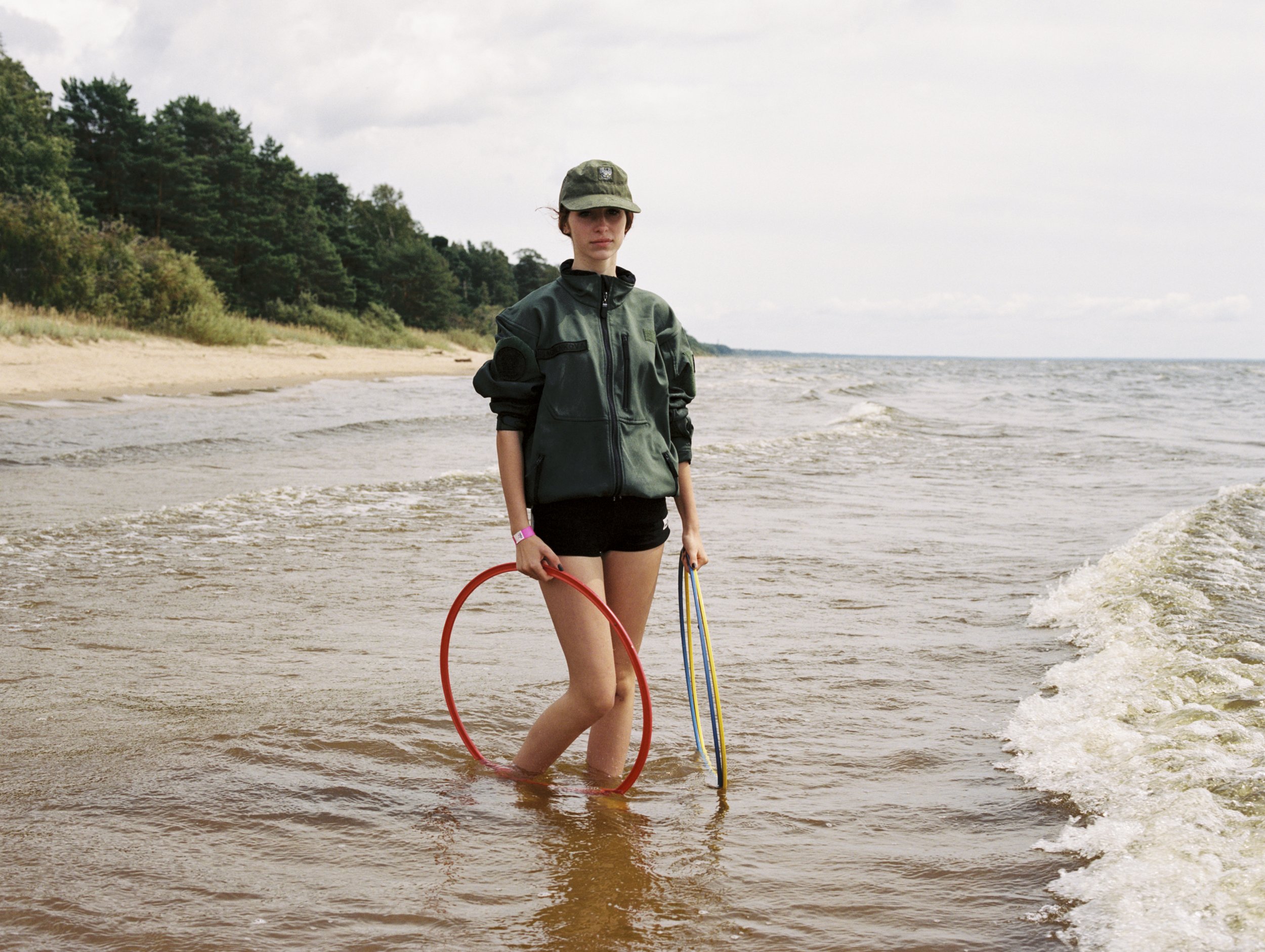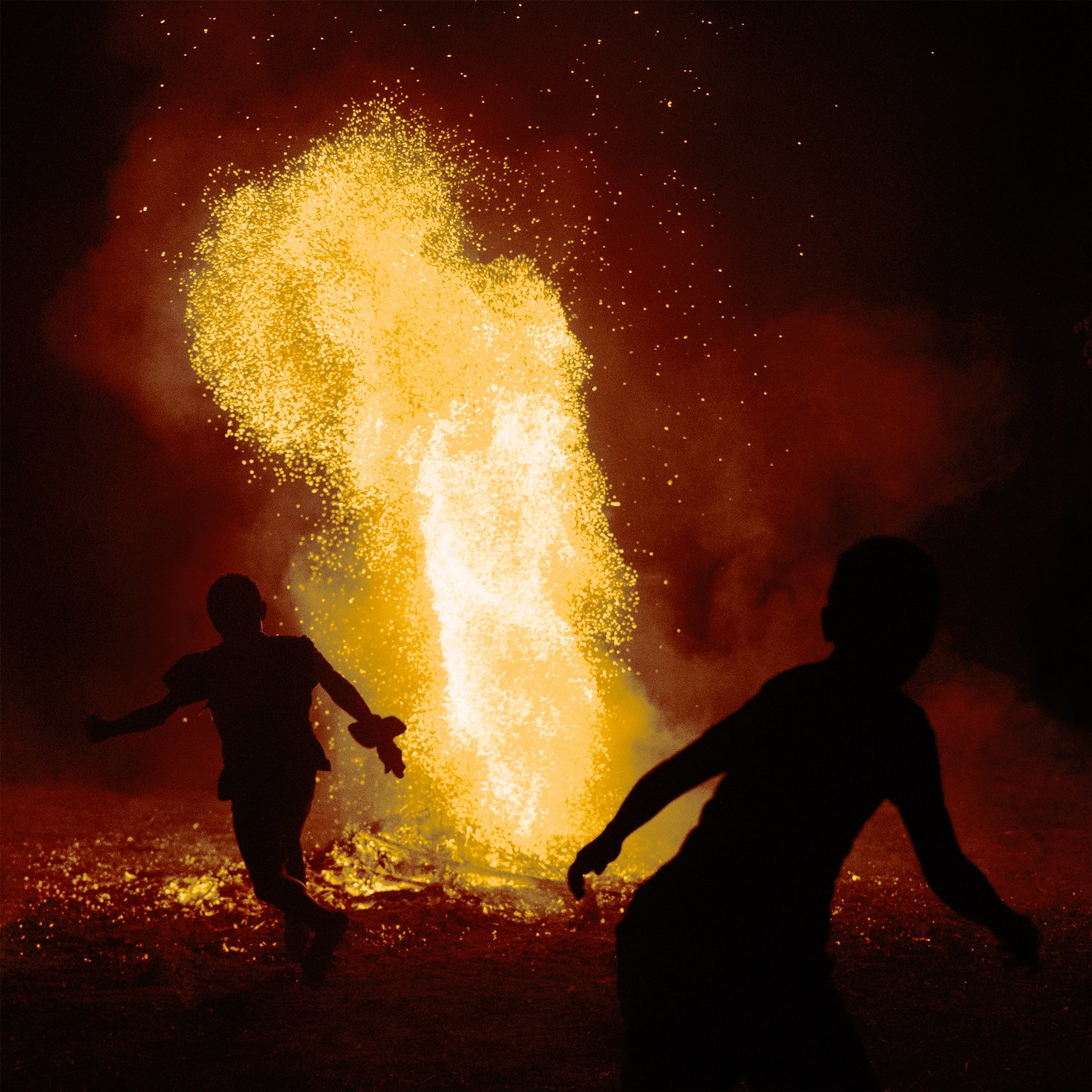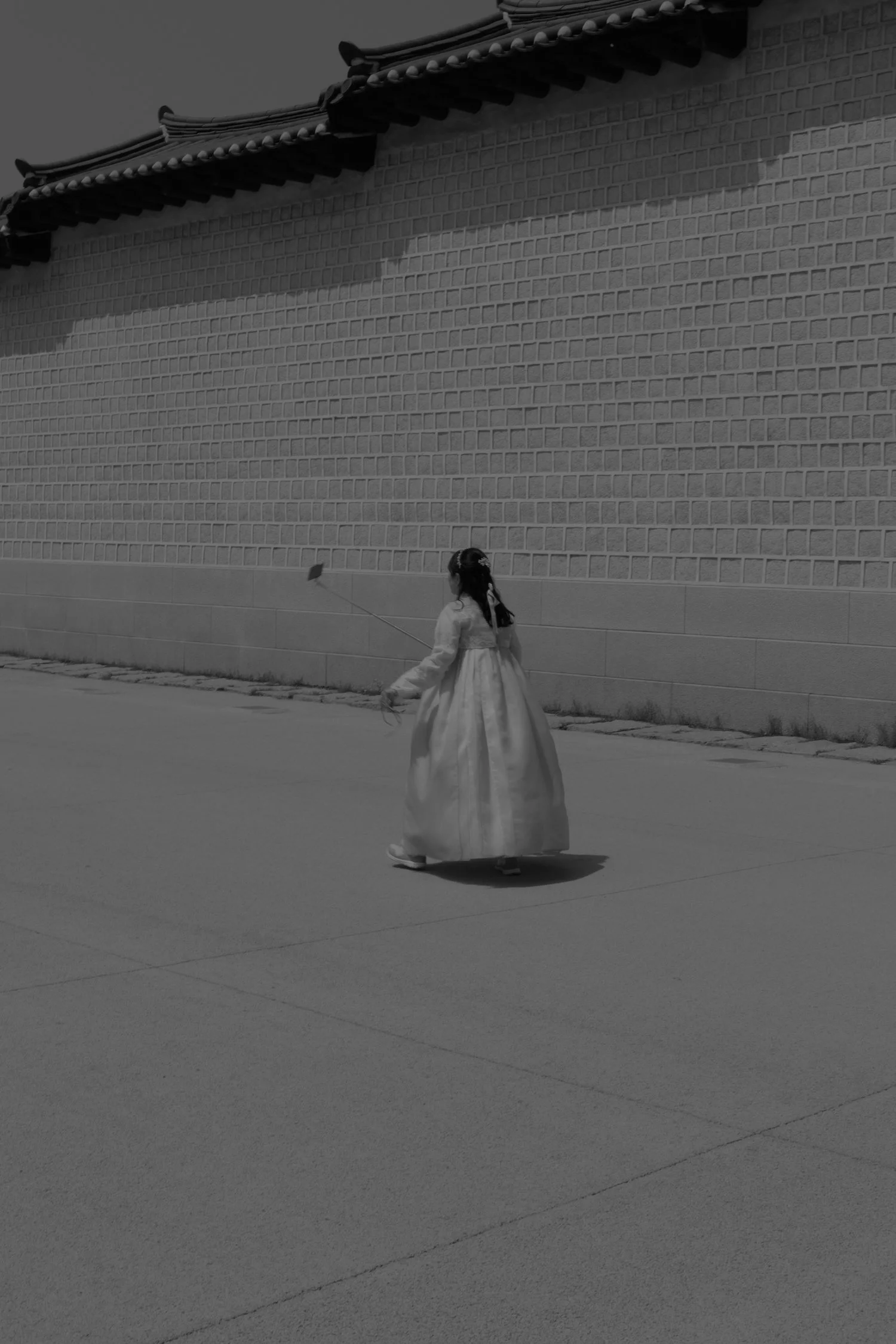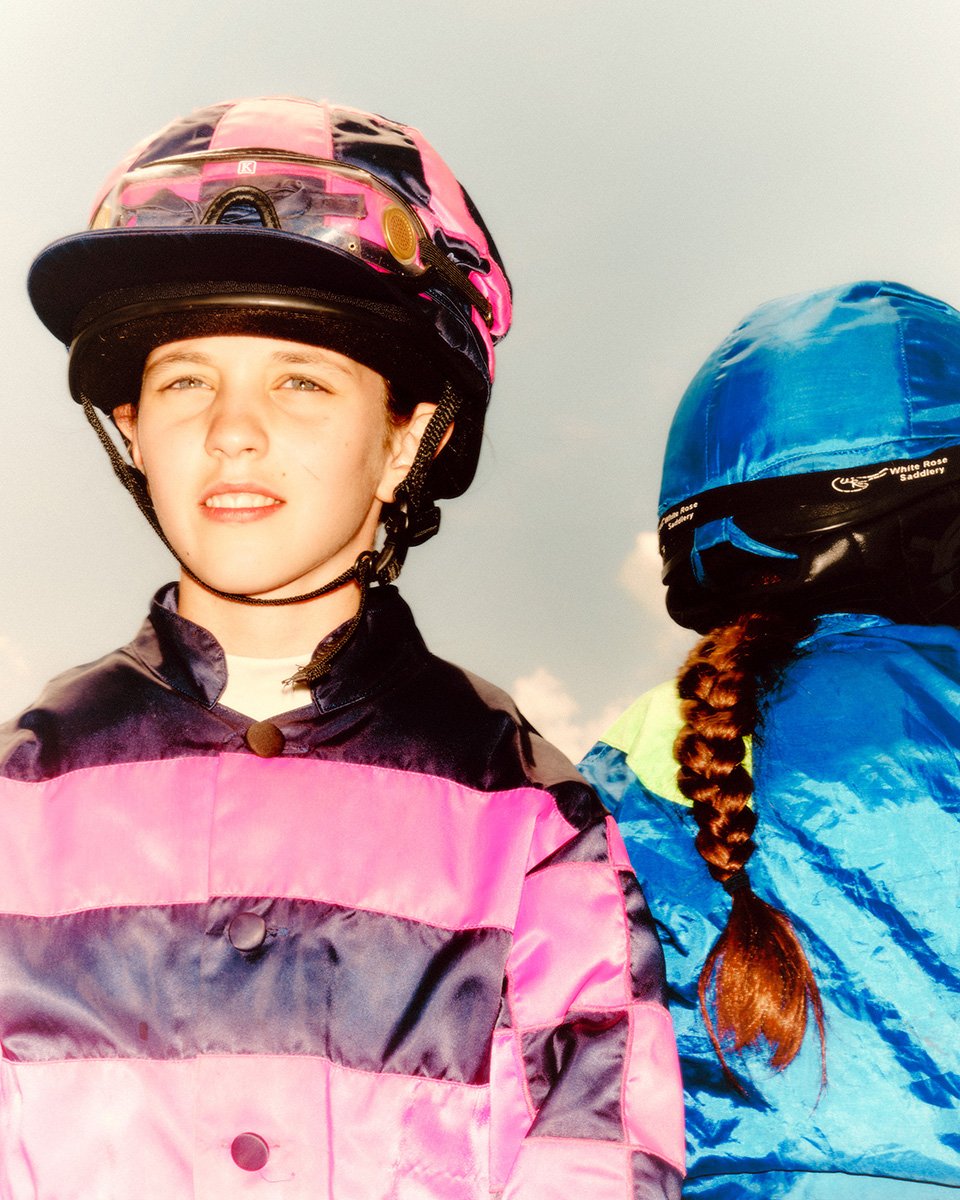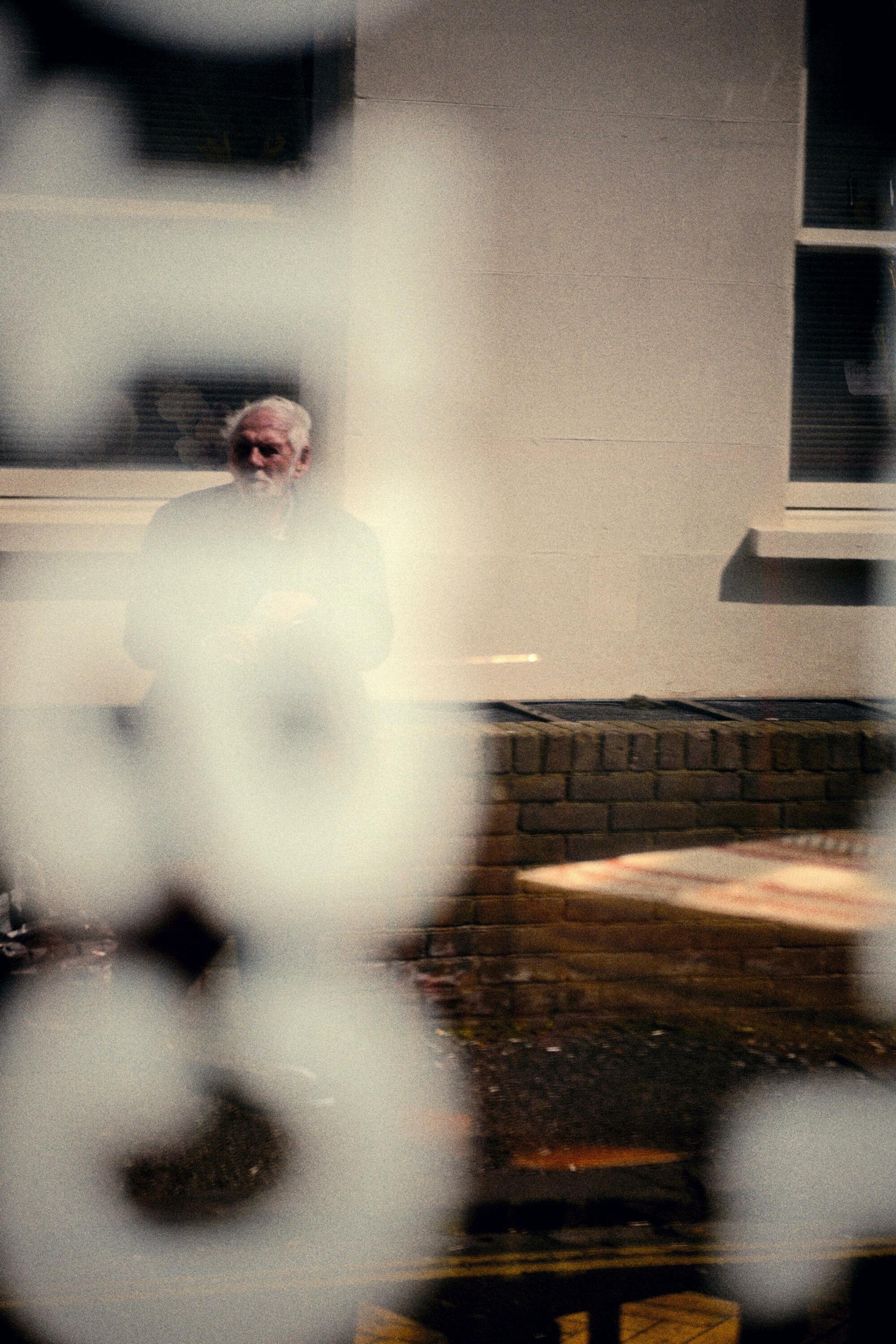Fake News?
We spoke to Magnum photographer Jonas Bendiksen about his latest photobook ‘The Book Of Veles’ – an incredible call to attention to all of us who navigate on the internet searching for information.
Words JC Verona Photography Jonas BendiksenNORTH MACEDONIA. 2020. Veles. Aquapark on the outskirts of Veles © Jonas Bendiksen / Magnum Photos
The amount of information and news nowadays is immense, hard to distinguish between what is real and what’s fake. Misinformation, manipulation and degradation of media and journalism as we know it ruminates on the nature of belief versus knowledge.
First of all Jonas, congratulations on the book. How was covering such a topic? How did you find out about Veles, in the book the area looks quite decadent and gritty, how was going into action there?
I’m not sure if I would describe it like that. The images maybe look like that but it wasn’t necessary like that. I found it a very pleasant place. Normally for this type of work it would be very difficult to get access to these people who produce fake news. I would probably have met a lot of resistance, but since that this was not my agenda this time and I didn’t have to meet any of these people, I was very free to walk around and just photograph anything around, I felt was interesting. It wasn’t really like the seedy, dark place that it looks like in the pictures. I was trying to play more into what people want to this story to be like, so that’s probably what it looks like.
What was your starting point for the project and how did you develop your approach towards the subject material?
The project came up in the first years of the Trump era. I was confused, a bit angry, and wondering exactly what was happening to the information landscape. Because suddenly we were in this era where information and misinformation, with social media, facts became alternative facts in the political discussion. Anything you don’t agree with was seen as fake news. I felt like something was happening with storytelling, with journalism, with information. And that’s why I came across the story of Veles in 2018 and what was happening with the fake news production there. At the same time, I was starting to notice this synthetic imaging technology, fake videos, AI portraits and this started to get very sophisticated to the point that, even for me being a photographer for over 20 years, I was having a hard time trying to discern what it was reality and what it was fake. I realised that this level of misinformation was just going to be growing in the future, so I was interested in this.
“I would never be interested in this if it was just for a technical demonstration, all my work springs on an interesting story to tell.”
Then there are different levels. I was looking and reading about Veles and what happened there, I came across these other layers to the story, the historical layers, the mythological layers. Veles is also the name of this pre-christian slavic God, he was a snake guy that would to trick people, someone who fomented Chaos. It fitted so well with the theme even though the God doesn’t have to do anything with the town, except the name, it’s a coincidence. Of course, in my mind it was too irresistible not to create a connection between them. There is also the whole story of the Book of Veles which is an ancient manuscript that two Russian guys found in 1919 and decoded it. It was on wooden boards in an unknown language and when they found out it was this epic book about the God of Veles. Again it’s not connected to the town, but it was a fascinating layer because all modern scientists conclude that the book of Veles is a forgery, a fake, yet it is still quite popular in certain parts of Eastern Europe. It’s a piece of misinformation stuck in time, people reference it, you can buy it in bookshops. Many people also believe it to be an important slavic document. It’s misinformation that has stood the test of time. That was a very interesting parallel, visually it’s very attractive with illustrations. It was irresistible to try to interweave through these stories, which aren’t really connected, but they revolve around the same thing.
NORTH MACEDONIA. 2020. Veles. Abandoned foundations for a highway bridge outside the town of Veles © Jonas Bendiksen / Magnum Photos
You worked with a 3D software to create images and art work for the book, how did these images tie in with the subject you were dealing with?
It was because of my fascination with what happened in Veles and how fake information spreads in the digital realm. It was also about my fascination with this technology of synthetic information, synthetic imagery and text not written by humans, but by text generators.
Is there a lot of AI in Veles?
No, they’re not doing that there, but I became interested in how fast information spreads. Technology developments are happening very fast and I started to ask myself questions; how good are these technologies? How easier are they to employ? Could a nerdy photographer like me go on YouTube, look at a couple of tutorials, teach myself how to do this and make something that is not perfect but good enough for people to start buying [and believing]. The answers to these questions were quite scary. I realised this is not so hard to do, anyone can do this. So that’s when I decided that somehow it’s important for me to do this. Because it says something about our vulnerabilities of how we consume information, I wanted to test if it is that simple. What happened in Veles with the fake news, that story was over, they had already discovered that they had built this hub of misinformation and fake news after Trump was elected, then twitter and Facebook shut them out. That story wasn’t that active anymore, so I wanted to test if I can see if people would believe it. That’s the only way I could explore this as this story wasn’t there anymore.
“There’s a completely chaotic information landscape where you can’t trust anything, where you have a hard time finding what is the truth from what it’s fabricated. That’s not good for society.”
I would never be interested in this if it was just for a technical demonstration, all my work springs on an interesting story to tell. The whole story of the fake news producers, ancient manuscript and the God, it is a good story. That’s why I could execute my experiment, but at the same time tell a good story. I’m not interested in simply showing what kind of software you can use to do it, believe or not.
NORTH MACEDONIA. 2020. Veles. Apartment building at dusk © Jonas Bendiksen / Magnum Photos
It feels like people don’t know what news to believe or follow these days. What do you think the future holds for media consumption? Is this an emerging reality that citizens globally are equipped to deal with?
That is exactly the big and key question I’m trying to raise here. I think we have a problem with fake news today: misinformation and information, and sorting the two from one other. In my view what has happened has been the development of a synthetic layer on the top of [truth]. You add cameraless images, computer chip images, incorporating AI text, you can produce this stuff in big quantities, you can always manipulate photography, with the years ahead this can be automated. We also have a fragmentation of the information landscape, we have The New York Times, and then there are those kinds of guys who push conspiracy theories. But people have their own sources now, they say they don’t believe what The New York Times says. They say they believe a trusted source who is a blogger or a YouTuber, that’s how it’s moving now. I think we are going to see a lot of chaos in the world trying to decode what different information is made of, and this is very difficult. How can the next generation grow up, how will they be living with this, how can they get accurate information, have discussions based on facts and also work with commonly shared narratives out there? These are all important ingredients for functioning democracies, societies function when there is a level trust between people and institutions. There’s a completely chaotic information landscape where you can’t trust anything, where you have a hard time finding what is the truth from what it’s fabricated. That’s not good for society and this is exactly what I’m trying to talk about here. The Veles project is sort of giving us a little vaccination for this virus; let’s have a bit of this virus and see how easily it can infect us and start to think about how we can meet this wave of misinformation that is coming in the following years.
NORTH MACEDONIA. 2020. Veles. Office used to run fake news websites © Jonas Bendiksen / Magnum Photos
What has been the reaction to your book so far?
You know, nobody from Veles has commented on my book. I am still waiting. One guy from Macedonia wrote something about it but I haven’t heard from anyone from Veles. I am very curious how they would receive it there.
How do you think we can control fake news?
This is the worry right? Will we win this battle against misinformation? I think it will be like a chronic disease that we have to live with. I don’t think we can make it go away but we will have to employ all sorts of strategies to cope with it or technological solutions to try to identify this kind of thing. I think there should be a huge subject in schools to engage citizens in the next decade. Perhaps a subject called the contest of information or something like that. It is quite possibly more important than mathematics.
There are already companies that work to catch generators of fake news and get them banned from disseminating false information. To what extent is this also troubling, ripe for exploitation by institutions and organisations to cultivate the “news” they want people to see?
It’s a question of definition, one person's complete truth is another person’s completely fake news. I believe there is strength in classical journalism. Not everyone would agree with me, but this project was done with the intention to be a wake up call to journalism.
NORTH MACEDONIA. 2020. Veles. Marina, who ran several fake news sites in 2016 © Jonas Bendiksen / Magnum Photos
Do you think this is going to change the way people see photography and the world?
I think it will change and also not change. Photography has always been manipulated, photography telling the complete truth has been questioned again and again since the beginning of photography. Manipulations, until now, had involved staging something, people, objects. Or involved copying and pasting from other photographs or synthetic photographs.
People’s relationship with photography might change. It might be that people come to see photography even more as illustration. Illustrate whatever you want with photography and the photograph itself doesn’t hold so much power outside of its own context. I think it comes again down to the context. The context of photography will be more and more important than actually the pictures themselves and understanding a little bit of the context of the images seen will be even more critical to how you read it. If it’s created just as a fantasy illustration or it is created with the intention of serious journalism and documentation? What is the intention, how is it made, by who, how people look at it. This will be more important.
”I wonder if actually taking pictures of people will almost be seen in that way. It would be like a retro thing to do: “oh he is really retro, he actually takes pictures of people”. (Laughs)”
The problem is that the market for synthetic imagery and rendered imagery, the commercial application, is enormous. Even in commercial photography, it’s the solution to all your problems: you don’t need model releases, you don’t have to deal with bad weather, and people, you can get exactly the same corporate or stock image you want every time. So that in itself tells me that this will be huge and it will become very, very high quality because the commercial application is so big. In my darkest moments, an idea that tortures me, I think would we will get to a point, in not too many years, where taking pictures of biological human beings will be seen a little bit the same way as you know taking schools photos with analogue cameras. You look at analogue pictures on analogue film and say “oh that’s cute”. I wonder if actually taking pictures of people will almost be seen in that way. It would be like a retro thing to do: “oh he is really retro, he actually takes pictures of people”. (Laughs)
In the book you have some “fake” portraits done with a 3D software. Are they all done this way?
I can’t say what it’s what, that remains secret but everything should be treated with suspicion. All the pictures should be scrutinised because there’s something going on everywhere.
That’s fantastic. Thank you so much for your time to talk to us.
NORTH MACEDONIA. 2020. Veles. Evening in the streets of Veles © Jonas Bendiksen / Magnum Photos
About Jonas
Jonas Bendiksen is a Norwegian Magnum photographer and photojournalist based near Oslo. The Book Of Veles is his 4th photobook. He received awards from World Press Photo, International Center of Photography, National Magazine Awards and Pictures of the Year International.
To find out more about what Jonas is up to, follow him on Instagram
You can purchase The Book Of Veles on his website. www.jonasbendiksen.com








